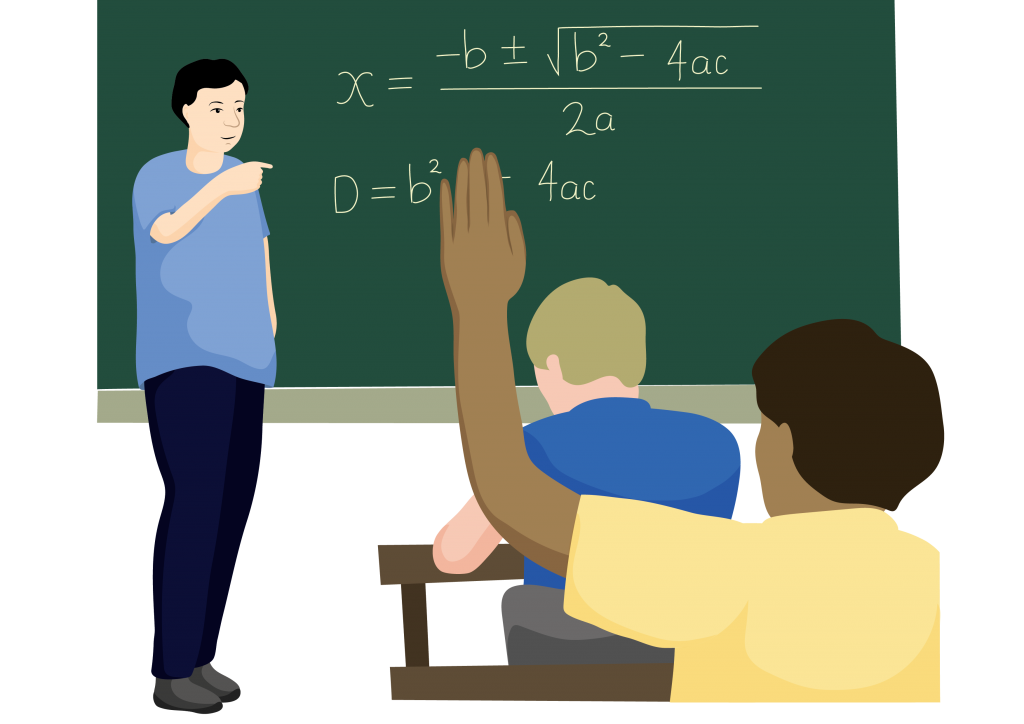Introduction to vision and hearing
Instruction
This topic provides general information on vision and hearing.
Vision and eye health
Vision means the ability to see. This includes being able to see things that are near as well as things in the distance.
To see well, both eyes need to be working properly.
Eye health refers to the condition of a child’s eyes. If a child’s eyes are not healthy, it affects how well their eyes can work. Examples of eye health problems include eye infections or swelling.
Question
Which of these activities requires seeing things that are near?
Select all that apply.
If you selected a and b, you are correct!
To read a book and sew you need to see things that are near. Reading words on a classroom board requires distance vision.
Hearing and ear health
Hearing is the ability to detect and understand sounds. This includes being able to hear different types of sounds at different levels of loudness.
To have good hearing, all parts of the ear must be working properly.
Ear health refers to the condition of a child’s ears. If a child’s ears are not healthy, it affects how well their ears can work.
Examples of ear health problems include ear infections and ears that are blocked with wax.
Question
Hearing is important for development of speech in children.
True is correct!
If children have any hearing loss it can affect their development of speech and ability to learn.
Why are vision and hearing important?
Vision and hearing are both important. They help children to:
- Learn at home and at school
- Understand other people and communicate with them
- Build relationships and feel included
- Be aware of danger and stay safe
- Be independent in daily activities.


